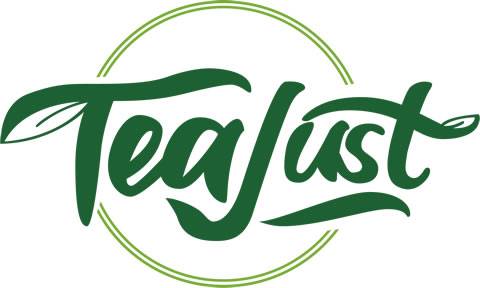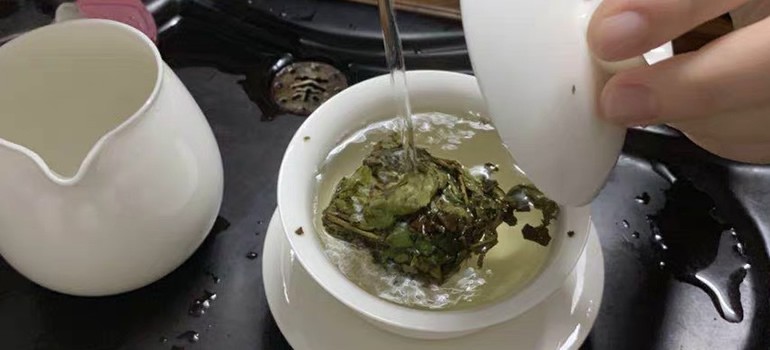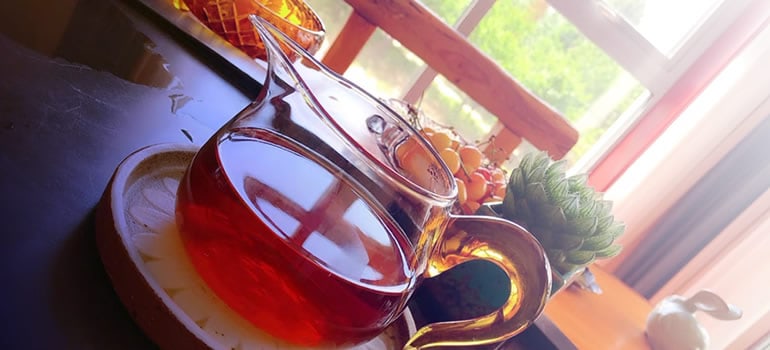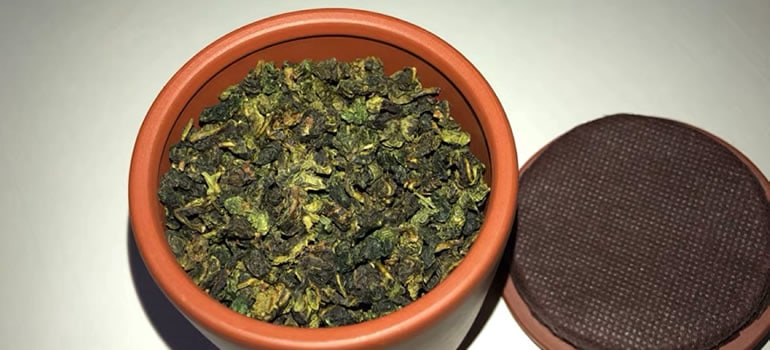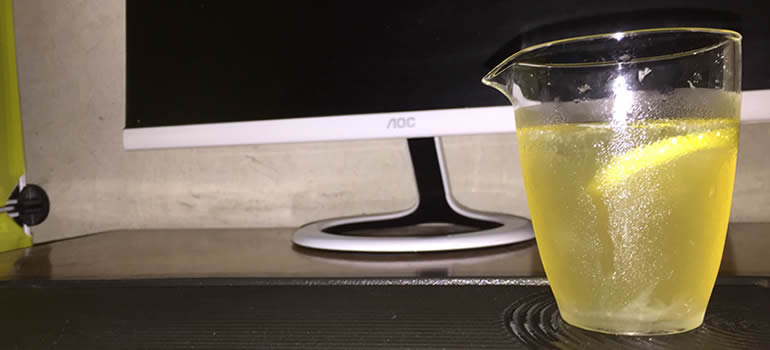Whenever we talk of tea, many of us would immediately think of two things — either green tea or herbal tea. To others, it’s a mix of both. But to those with keen eyes, there is a clear and distinct difference between green tea and herbal tea. There lies a delineation between the two, and it is clear as day.
Primarily, the main difference between green tea and herbal tea is their source. Green tea, among other official teas, come from the Camellia sinensis plant. On the other hand, herbal teas come from other sources. Moreover, green tea may contain caffeine whereas herbal tea has none.
From here, we can see the distinction between the two. Apart from their source and chemical composition, we need to see how they are different from each other. Who knows, you might be mentioning one as the other. So in this article, we are going to thoroughly explain the difference between green tea and herbal tea.
Before we talk about their differences, it is but proper to discuss what green tea and herbal tea are. By doing so, we can clearly see the distinctions between the two.
What is Green Tea?
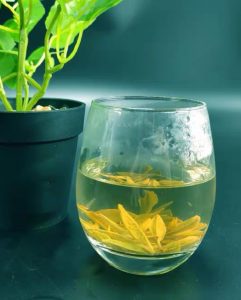
Green tea is one of the most consumed beverages in the world. This is due to the fact that it consists of various health benefits that we can reap from drinking it regularly. The discovery of its benefits takes back from traditional Indian and Chinese medicine. From being a treatment for illnesses, it has slowly evolved into a casual everyday drink. As a matter of fact, the production and manufacture of green tea have already spread to other countries in East Asia.
As mentioned earlier, green tea is brewed from the dried leaves of the Camellia sinensis bush, but more on that later. The leaves are unoxidized and not that processed, making green tea natural and beneficial.
Green tea comes in various types. These include the following: a) in single tea bags; b) as loose-leaf; c) bottled and sweetened with sugar; d) green tea supplements; and e) instant powder.
What is Herbal Tea?
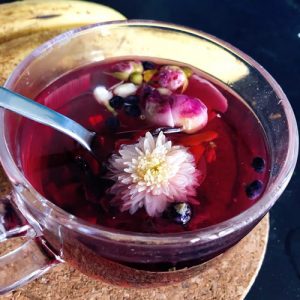
Herbal tea, on the other hand, is a beverage that is made by the infusion or decoction of herbs and other plant materials into hot water. Herbal tea is in contrast with true teas such as green tea. Similar to green tea, however, herbal tea takes its roots from China around 2000 years ago. When explorers from Europe brought this Chinese tradition back to their continent during the 17th century, herbal tea quickly became part of their tradition.
Unlike green tea, herbal tea does not contain caffeine, but more on that later. If anything, herbal tea consists of several benefits to your health. Some common herbal teas include chamomile tea, lemongrass tea, eucalyptus, and thyme.
The Difference in Terms of Source
Based on their source, it is really easy to differentiate green tea from herbal tea. Like what we have been mentioning, green tea comes from the Camellia sinensis plant. This shrub is more commonly known as the tea plant. The tea plant grows more as a shrub rather than as a tree. The tea plant grows predominantly in East Asian countries such as China. So you can now see why the production of green tea is common in East Asian countries. It is because they grow there primarily.
The reason for its predominance in China is that the Chinese were the first ones to figure out tea. Since its conception, they have developed the practice of processing tea leaves. This practice has spread throughout the world.
Herbal tea, on the other hand, can come from any plant source – except for the Camellia sinensis plant. These would include chamomile tea, sage tea, lavender tea, lemongrass tea, and mint tea, among others. There are so many examples of herbal tea available. And you can even make one just by pruning an herbal plant from your garden or backyard.
It is also worth noting that teas that have been derived from dried fruit can also be considered as herbal tea. These would include apple tea citrus tea. Teas made from roots are also possible. Teas would include ginger tea and burdock root tea. You may even derive tea from flowers. Examples of this type of herbal tea are hibiscus tea and rose petal tea. As you can see, almost all parts of the plant, one your process them, can turn into tea.
The Difference in Terms of Caffeine Content
One of the more prominent differences between herbal tea and green tea is the presence of caffeine. Green tea is a known source of caffeine. This is why it is a good alternative for coffee. If you are planning to have a kick of caffeine but you do not want the level that coffee has, green tea is an excellent alternative. Drinking a hearty serving of green tea will surely remove your drowsiness as you work throughout the day.
This, however, is not the same case with herbal tea. Generally, herbal teas are naturally free from caffeine. It is the perfect drink for when you just want to unwind after a busy day. However, it is worth noting that not all herbal teas are free from caffeine. There exists some herbal tea that does contain caffeine. One of the most popular examples is yerba mate, a special beverage that is produced from a species of Holly. It is believed to contain almost the same amount of caffeine as coffee. Another example would be the Guayusa, a member of the Holly family.
In addition to this, coffee leaves have also been used to make herbal tea. You have read it correctly. You can get a hint of caffeine in tea form. However, you should note that you will not get as much caffeine from the leaves as you would actually get from the coffee beans.
The Difference in Terms of Health Benefits
When it comes to their health benefits, there is a huge difference between these two types of tea. It is a widely known fact that green tea is a health drink. It provides a lot of benefits that can affect various aspects of your body.
Green Tea
For one, the presence of antioxidants in green tea may interfere with the growth of cancer cells in various parts of the body, such as bladder, lung, breast, stomach, colon, and pancreas. Moreover, it helps prevent clogging of the arteries while burning fat. Moreover, green tea helps counteract oxidative stress on the brain and reduce the risk of neurological disorders like Parkinson’s disease and Alzheimer’s disease. In addition to this, this type of tea helps reduce the risk of stroke and improve cholesterol levels. From here, you may deduce how green tea mainly provides benefits for heart-related ailments.
There is more to green tea than its direct benefits to health. There are also other ways from which you can benefit from green tea. Psychologically, they can aid in focus and staying awake while sharpening your reflexes. Generally, it makes you think much clearer.
Herbal Tea
When talking about herbal tea, there are also ways in which it could benefit your health. For instance, regularly drinking herbal tea can help improve digestion by breaking down fats and speeding up the emptying of your stomach. Thanks to its vitamins and antioxidants, herbal tea can help fight diseases and infections. It can also protect you against oxidative stress. Drinking herbal tea can also help lower your blood pressure without any negative side effects. It is actually good for your skin also since it can be a useful treatment for acne.
Herbal tea can also help relax your mind, relieving anxiety, and stress. For those who suffer from insomnia, drinking herbal tea can help you sleep as it calms your mind. The comforting effect of herbal tea can also act as a mild anti-depressant for other people as it stimulates the brain to decrease their feelings of depression.
The Difference in Terms of Process
In terms of the process of making tea, there is also a difference between the two. We take a look at their differences below.
Green Tea
Making the ideal cup of green tea involves easy steps that you can do. Camellia sinensis leaves are harvested by hand or machine. After which, the tea leaves plucked and then dried to prevent fermentation. The method of drying differs according to location. In Japan, for instance, drying involves steaming. In China, on the other hand, green teas are pan-fried or withered. It then undergoes shaping and final drying before it goes through a post-processing phase. This is when a special machine would grade and cut the tea by shape, particle size, and cleanliness. After which, it is ready to be steeped into boiling water.
Herbal Tea
Making herbal tea is a lot easier than that of green tea. There are two processes in preparing herbal tea. The first one is herbal tea infusion, which involves submerging particular herbs into boiling water. After which, the herbs steep for 15 minutes or longer. Then, carefully strain out the liquid from the herbs, and you are done!
The second technique in making herbal tea is through decoction. You would need to use this process when you are using mushrooms, thick woody roots, and other fruits. To do so, you have to add water to a pot and let it boil. Place your roots or mushrooms into it and let it gently simmer. After 20 minutes, you have to remove the pot from the heat. Strain the liquid and then you are good to go!
For your herbs, you can actually grow them from your backyards to ensure that they are a hundred percent organic. Not only is it free, but you are ensured of its benefits that it could provide you.
The Difference in Terms of Flavor Profile
Finally, you have to look into their flavor profile to gauge the difference between these two products. By flavor profile, we actually mean that it has a specific flavor to it. Because it is derived from a certain plant species, green tea has a specific flavor to it. Unlike herbal tea, this type of tea is not fruity by any means. Instead, it is a little astringent and has a prominent vegetal flavor. While some people prefer its earthy flavor, others would like it a little sweet. So they add any sweetener to green tea to obstruct the natural flavors of the green tea.
On the other hand, herbal tea comes in two different flavors: the sweets ones and the harsh ones. Tea made of lemongrass, lavender, and cinnamon will surely tickle your sweet tooth. On the other hand, an herbal tea made from roots or sage may not be as sweet as you want it to be. So, you may end up adding sweeteners to it in the end.
If you want to have a taste of both worlds, you can try mixing them both. It is worth a try though.
Conclusion
Knowing the difference between green tea and herbal tea is essential for tea drinkers. By doing so, you will know whether you are drinking something that might be suitable for you or not. While both are teas offer you varying characteristics, a good cup of either one of them is already a soothing solution to a lot of things. So better grab a hearty serving of herbal tea or green tea, whichever you prefer.
